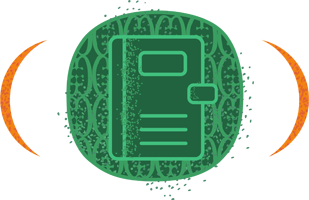 Health SA Gesondheid
Health SA Gesondheid
Journal / Health SA Gesondheid /
Vol. 19 No. 1 (2014) / Articles
Patients perceive the intensive care unit (ICU) as being a stressful and anxiety-provoking environment. The physiological effects of stress and anxiety are found to be harmful and therefore should be avoided in cardiac surgery patients. The aim of the study on which this article is based was to describe cardiac surgery patients’ experiences of music as a therapeutic intervention in the ICU of a public hospital. The objectives of this article were to introduce and then expose the cardiac patients to music as part of their routine postoperative care and to explore and describe their experiences of the music intervention. The findings of the research are to be the basis for making recommendations for the inclusion of music as part of the routine postoperative care received by cardiac surgery patients in the ICU. A qualitative research methodology, using a contextual, explorative and descriptive research design, was adopted. The population of the study was cardiac surgery patients admitted to the ICU of a public hospital. An unstructured interview was conducted with each participant and content analysis and coding procedures were used to analyse the data. Four main themes were identified in the results, namely practical and operational aspects of the music sessions; participants’ experiences; discomfort due to therapeutic apparatus and the ICU environment; and the role of music and recommendations for music as a therapeutic intervention. Participants’ experiences were mainly positive. Results focused on experiences of the music and also on the participants’ experiences of the operational aspects of the therapy, as well as factors within and around the participants.
Journal Identifiers
eISSN: 2071-9736
print ISSN: 1025-9848





